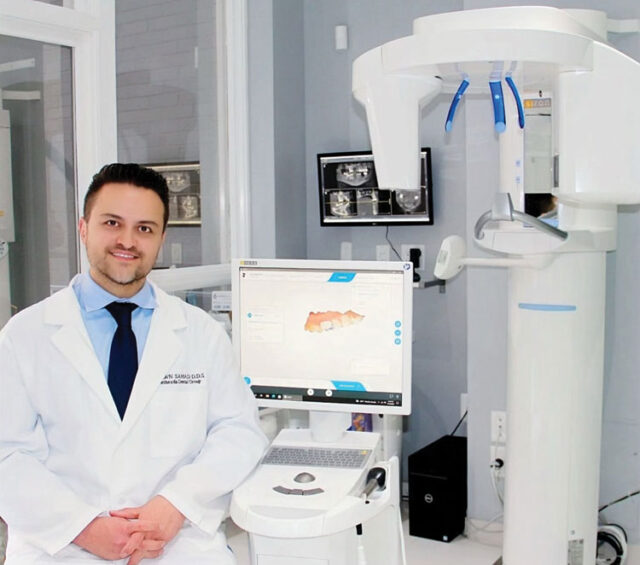
Bethesda Dental Group
7508 Wisconsin Avenue
Ground Level, Bethesda, MD
Bethesda, MD
The Bowie Dental Group
4373 Northview Drive
Bowie, MD
Laurel Pines Dental
14333 Laurel Bowie Road
Suite #100
Laurel, MD

More Dental Health Articles
Understanding Bruxism: A Comprehensive Guide to Teeth Grinding

Bruxism, the dental term for teeth grinding, is a common condition that affects both adults and children. While occasional teeth grinding may not pose significant risks, persistent bruxism can lead to serious damage to teeth and other oral health complications. This article aims to shed light on the causes, symptoms, and potential consequences of bruxism, along with preventive measures and treatment options.
Teeth grinding involves forceful contact between the upper and lower teeth, which can manifest as either loud and grating or silent and clenching. Many individuals may be unaware of their condition, especially if they grind their teeth primarily during sleep. However, it’s essential to note that bruxism can also occur during waking hours.
Children, as well as adults, can be affected by bruxism. In children, this condition often develops in response to factors such as colds, infections, teething, or earaches, which induce discomfort and lead to teeth grinding. As for adults, bruxism can be exacerbated by factors such as alcohol and drug use, along with certain sleep disorders.
The consequences of untreated bruxism can be severe, including damage to tooth enamel, increased tooth sensitivity, and even jaw disorders. The persistent grinding can wear down teeth, leading to fractures, chipping, or the need for extensive dental work. Additionally, bruxism can contribute to headaches, earaches, and facial pain.
Preventing and managing bruxism is crucial for maintaining optimal oral health. Dentists often recommend the use of custom-fitted mouthguards, which provide a protective barrier between the upper and lower teeth, reducing the impact of grinding. Stress management techniques and lifestyle adjustments can also help alleviate bruxism symptoms.
Regular dental check-ups are essential for early detection of bruxism, allowing timely intervention to prevent further damage. Dentists may recommend lifestyle changes, stress management strategies, or dental devices tailored to the individual’s needs.
Bruxism is a dental condition that requires attention and proactive management. Understanding the causes, symptoms, and potential consequences of teeth grinding is the first step toward maintaining a healthy smile. If you suspect that you or your child may be affected by bruxism, consult with a dentist for a comprehensive assessment and personalized recommendations to safeguard your oral health.
Other Articles You May Find of Interest...
- Fun and Effective Ways to Teach Kids About Cavities and Oral Hygiene
- ALF (Advanced Light Force) Therapy: A Unique and Sophisticated Approach To Orthodontics and Wellness
- Tongue-Ties and Frenectomies
- Unlocking Better Sleep:The Benefits of Dental Sleep Appliances Over CPAP
- Appliances Are In Now: How To Manage TMJ Disorder
- Why The Tooth Fairy Is Very Fun – and Important!
- Let’s Smile Dental’s 7&Up Club

















